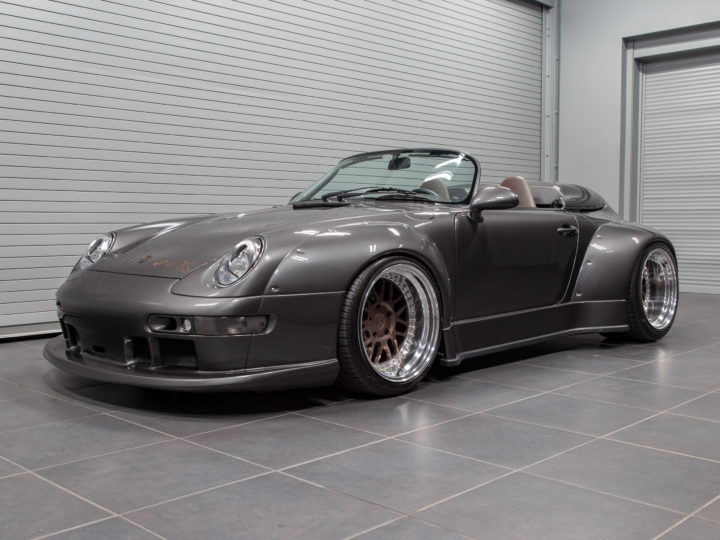
Essentially a lightened 911 S with wider fenders to accommodate 15x7 wheels and a bigger 2.7-liter 210-hp flat-six, the RS introduced the now-iconic “Carrera” door decals and ducktail spoiler.

Ten years after the 911's introduction, the Carrera RS 2.7 was launched in 1973 as a homologation special. The dogleg 901 gearbox was replaced by the updated 915 unit with a conventional five-speed shift pattern, but this gearbox is often criticized for its vague shift action. The 911 L was replaced by the 911 E, which sat between the base-model T and high-performance S.įor 1970, engine capacity grew from 2.0 to 2.2 liters, increasing again to 2.4 liters in 1972. The aluminum crankcase was replaced with a new magnesium unit, saving 22 lbs, and fuel injection was added to high-end models. In 1969, Porsche evolved the 911 further, stretching the wheelbase for improved handling and stability and widening the wheels further.

The following year saw the addition of the entry-level 911 T (replacing the 912), the luxurious 911 L, wider wheels, and the option of a semi-automatic Sportomatic transmission. 1967 was an even bigger year for the model with the introduction of the hotter 911 S-with 160-hp and 131 lb-ft from a 2.0-liter flat-six, plus iconic Fuchs alloy wheels-as well as the open-top Targa model. Early cars were powered by a 2.0-liter flat-six offering 130 horsepower and 129 lb-ft of torque, connected to a dogleg five-speed transmission.Īs 356 production ended in 1965, Porsche introduced the 912, a bargain model 911 with the 356SC’s four-cylinder and fewer luxury items. Hence, the new Porsche became known as the 911. Porsche began building the 901 in 1964, though only about 60 cars were completed before Peugeot threatened legal action, claiming a right to all three-digit car model names with a zero in the middle.


The Porsche 901 maintained the 356's rear-engine, 2+2 layout, but brought sleek bodywork, McPherson strut front suspension, a five-speed gearbox, and most importantly, a new overhead cam air-cooled flat-six to replace the old pushrod flat-four. The brand needed a new model with improved performance and comfort, and at the 1963 Frankfurt Motor Show, that successor arrived. By the late Fifties, Porsche knew that its first sports car, the four-cylinder 356, was growing old.


 0 kommentar(er)
0 kommentar(er)
